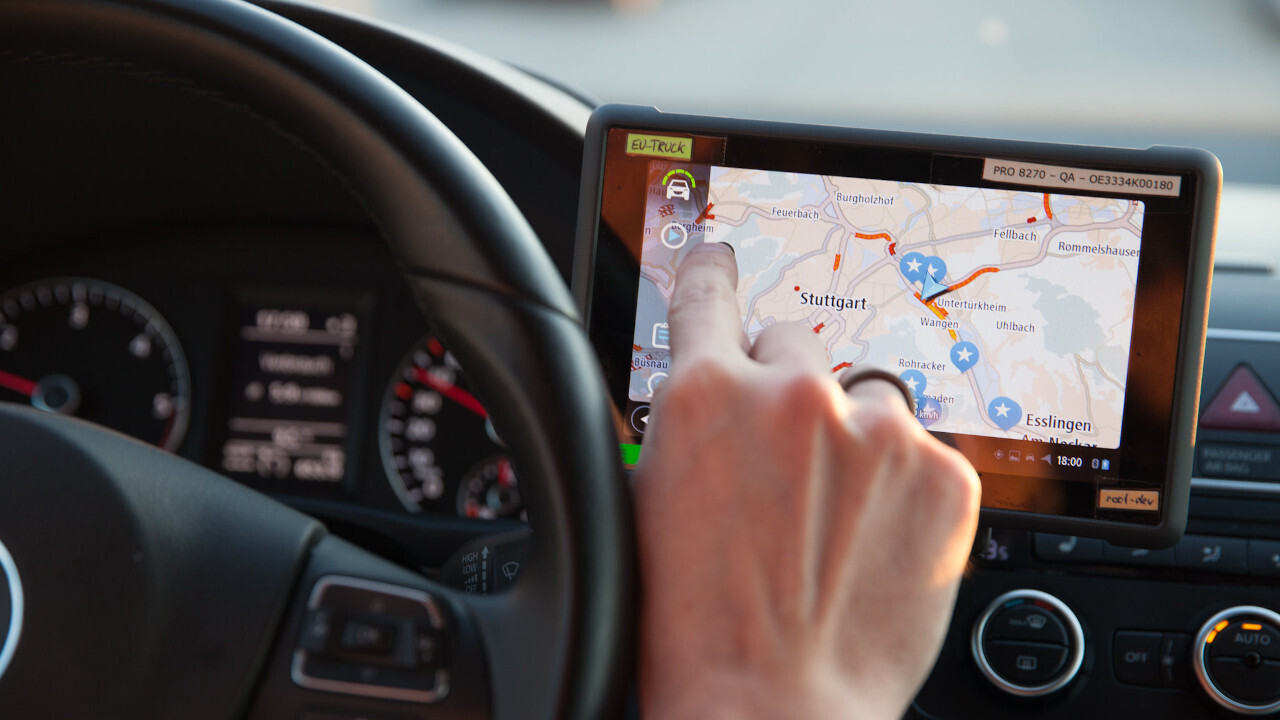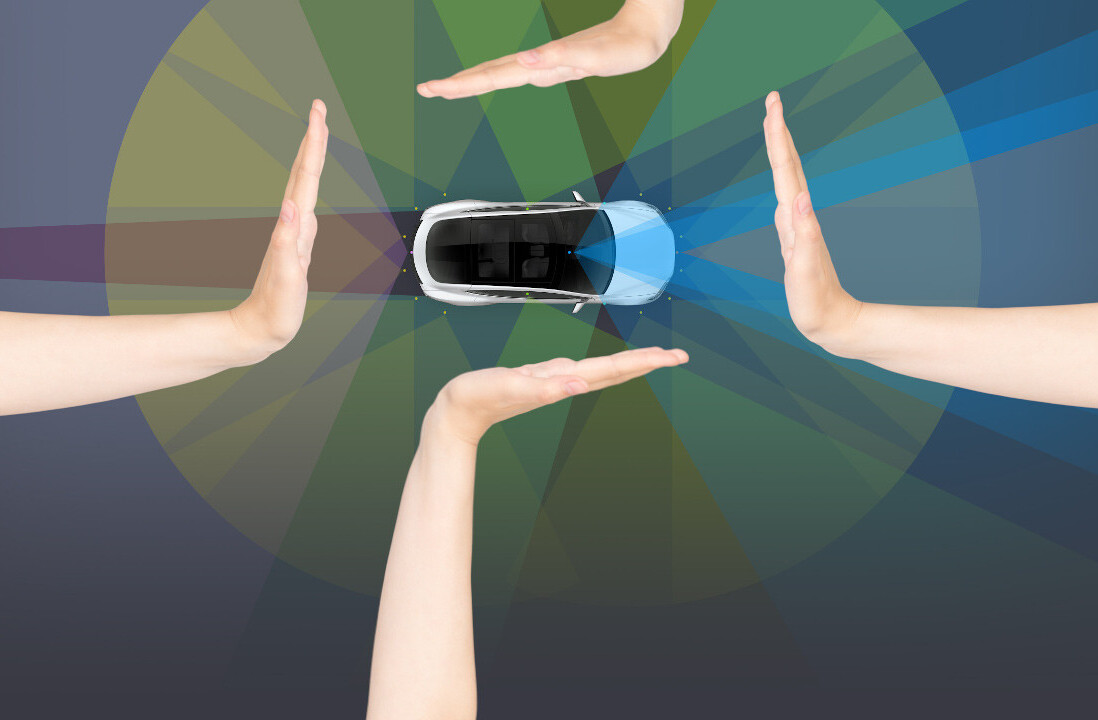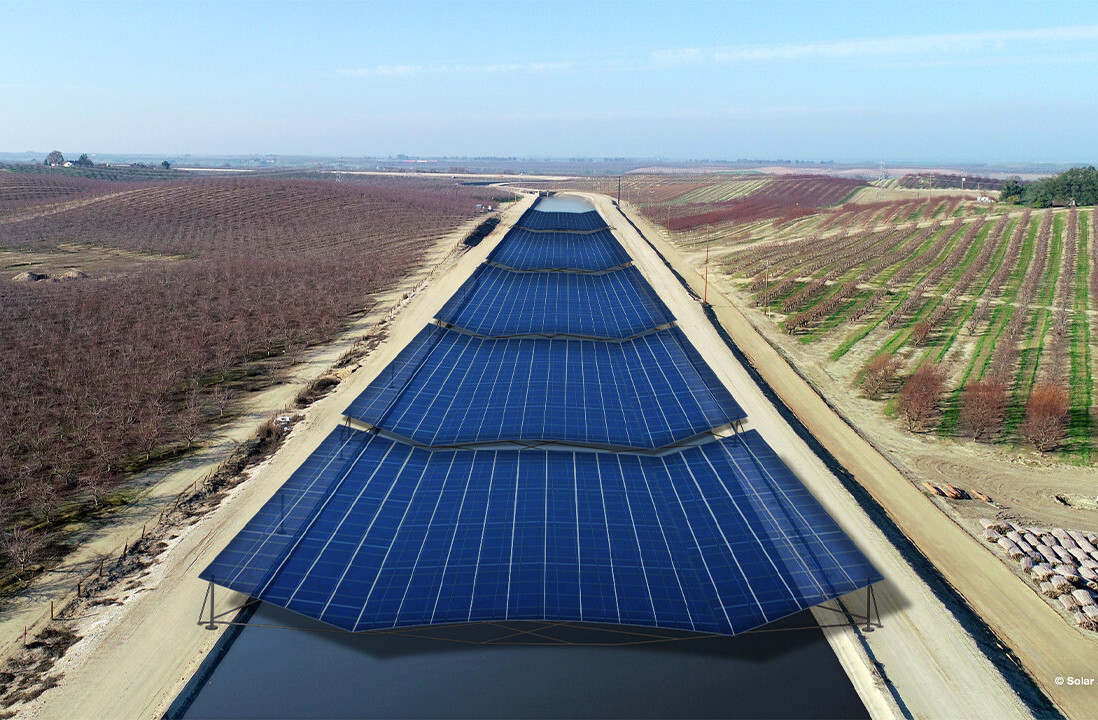This article was originally published by Martin Banks on Clean Fleet Report, a publication that gives its readers the information they need to move to cars and trucks with best fuel economy, including electric cars, fuel cells, plug-in hybrids, hybrids and advanced diesel and gasoline engines.
Internet of Things (IoT) technology is everywhere today, from the home to the office. One of the less familiar yet more exciting applications of IoT devices is in vehicles. One application of this technology, telematics, has seen rising popularity in both consumer and commercial circles–and it’s easy to see why.
Telematics covers a broad spectrum of technologies, from GPS navigation to IoT-enabled maintenance computers. Now, you can find all of these features on a single device, sometimes built into the vehicle itself. With the telematics market poised to reach $103 billion by 2022, the benefits of these technologies are increasingly evident.

Here are a few ways telematics can help you become a better driver.
1. Highlighting mistakes
The first and perhaps most impactful way telematics make you a better driver is by revealing your driving patterns. These devices can show you data about how you accelerate, brake or make other choices. This information, in turn, will show your strengths and weaknesses as a driver, revealing a path to improvement.
This function is also the underlying idea behind usage-based insurance (UBI), which many insurers have now adopted. Progressive was the first to offer UBI programs, using GPS technology to provide mileage-based discounts. Now, these systems are more advanced, letting insurers offer discounted rates based on how and where you drive.
The promise of lower insurance rates offers a monetary incentive for better driving. When you know that insurers can see how you drive, you’ll be more likely to practice safe driving behaviors.
2. Reminding you of maintenance needs
How you act on the road isn’t the only part of being a good driver. Keeping your vehicle in top condition matters, too, especially for commercial fleets that depend on their trucks making long trips.
More advanced telematics systems can monitor engine performance, fluid levels and other maintenance factors, revealing when you should tend to them.
Vehicles’ maintenance needs rarely fall along a regular schedule. New cars can go anywhere between 7,500 to 10,000 miles between oil changes, but this changes as they age. Telematics takes the guesswork out of the equation by showing precisely when a vehicle needs maintenance.
These services prevent costly breakdowns and keep vehicles in prime condition, providing improvements like higher fuel efficiency. Since fuel expenses account for the highest amount of operating cost waste, these benefits are especially valuable to fleets.

3. Optimizing routes
Perhaps the most straightforward way telematics can help you be a better driver is by getting you to your destination faster. GPS navigation is arguably the most familiar telematics use case, and one of the most helpful. As these systems become more advanced, they can consider more factors when planning routes, providing the best path for any circumstance.
Telematics systems enable other people to see a vehicle’s real-time position, too. This transparency lets fleets estimate and communicate delivery times while the same system optimizes drivers’ routes. These device networks can determine the best paths to deliver items in minimal time and with minimal fuel consumption.
This same technology is what enables ride-sharing apps like Uber and Lyft to work, too. Telematics through drivers’ phones can find the nearest available driver for any given passenger.
4. Making your vehicle more eco-friendly
As environmental concerns grow, being a sustainable driver has become more critical. Telematics can help in this area, too, through the secondary impacts of their other features. When your car is in top condition and travels as efficiently as possible, its environmental impact will keep to a minimum.
Changing your oil regularly can improve mileage, as it takes less energy to move lower-viscosity fluids. Since telematics offers more accurate data about when you should change your oil, they prevent mileage-harming buildup. As a result, you end up using less fuel by producing fewer carbon emissions.
Route optimization also improves fuel economy by taking drivers along the most efficient paths. Sustainability may not be the primary goal of telematics, but it’s a beneficial side effect. As fleets face emissions regulations and drivers grow more concerned about the environment, these benefits become all the more valuable.

Telematics can make Travel Safer, Cleaner, and More Efficient
Whether you drive for a living or just in your personal life, becoming a better driver is a goal everyone should have. Better driving and vehicle care behaviors will make roads safer, more eco-friendly and affordable. There are many paths to this goal, but telematics is one of the easiest and most effective.
Telematics technology provides transparency and data-based decision-making in areas typically full of estimates and guesses. These devices are improving travel all around for both consumer and commercial markets.
Do EVs excite your electrons? Do ebikes get your wheels spinning? Do self-driving cars get you all charged up?
Then you need the weekly SHIFT newsletter in your life. Click here to sign up.
Get the TNW newsletter
Get the most important tech news in your inbox each week.






